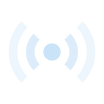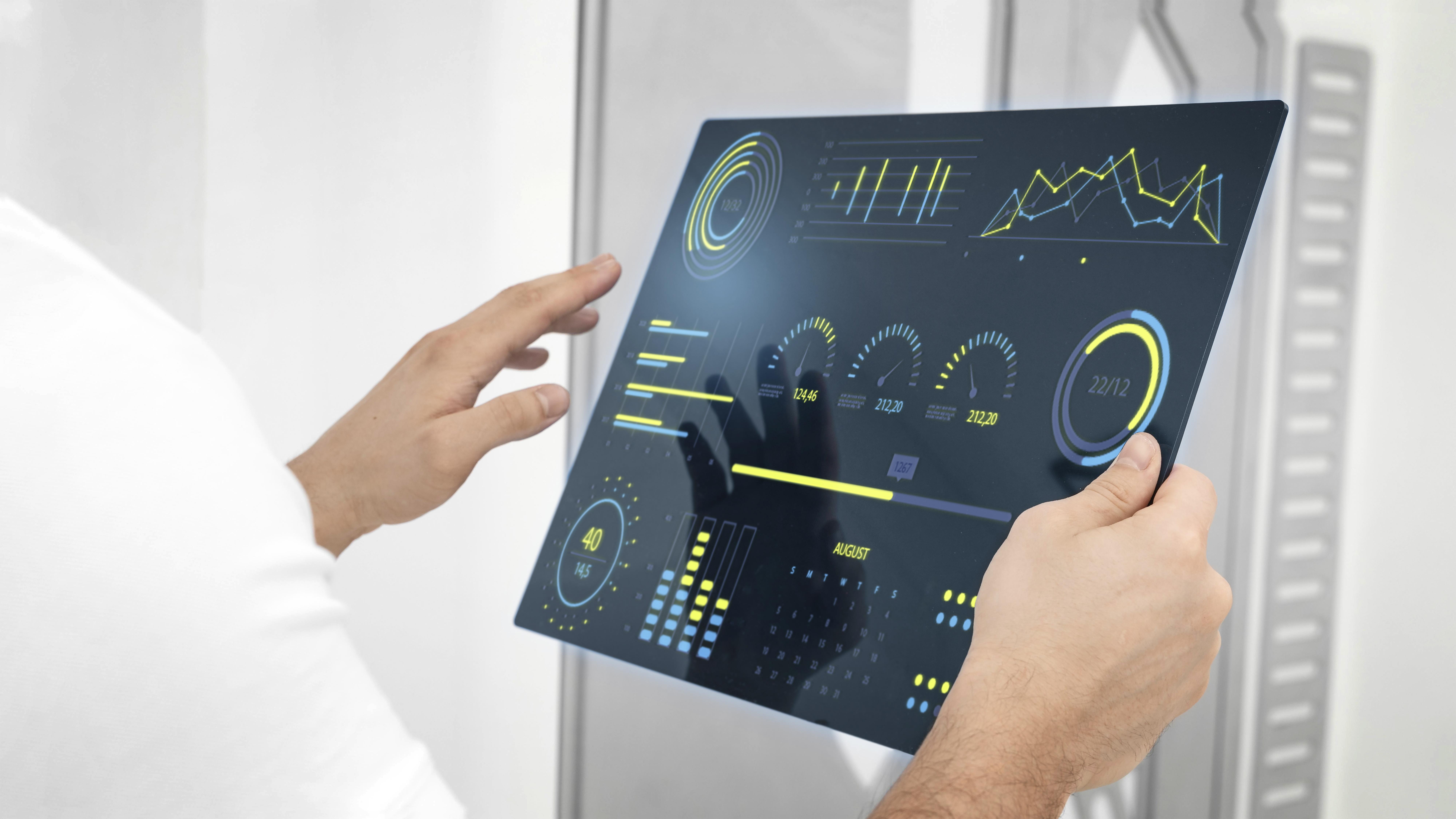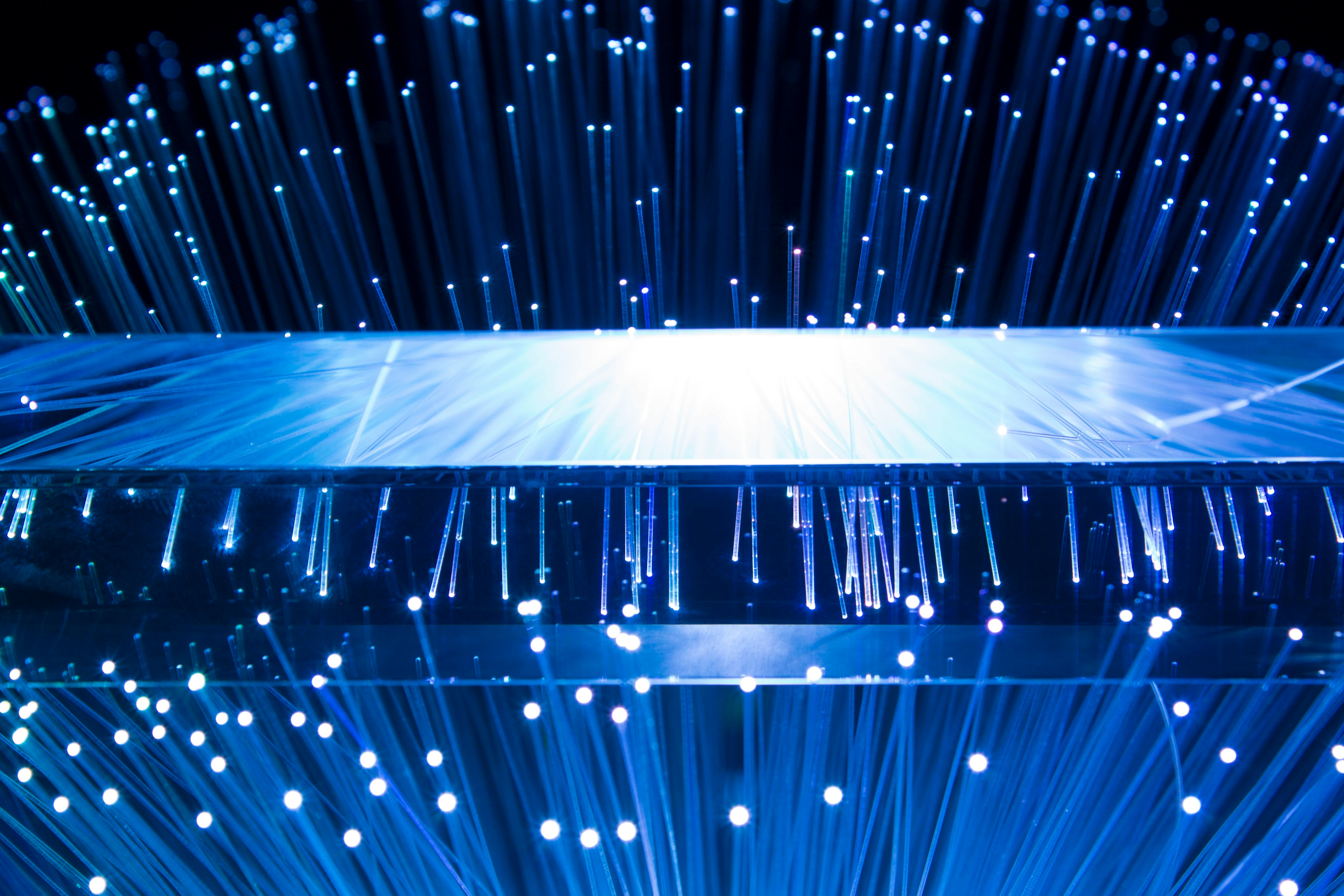Optimise system integration and information exchange
Our IoT Platform is designed to increase SMEs' ability to integrate and analyse data from devices and equipment with flexibility and precision. This middleware solution enables not only the efficient integration and management of devices, but also the collection and processing of data in real time, directly at the edge of the network (i.e. close to the devices).
It serves as an acquisition and interconnection layer in a multi-layered architecture designed to optimise the digitisation of Portuguese SMEs and facilitate the collection of data from a variety of IoT devices via standardised communication protocols such as MQTT, HTTP and AMQP, which were chosen for their robustness and efficiency in transmitting data in real time. Using a microservices architecture, the platform is made up of a series of interoperable components that facilitate data acquisition and its delivery to downstream applications, supporting a wide range of communication protocols and guaranteeing efficient data transmission.
The platform guarantees extensive interoperability, adhering to FIWARE standards for device and data integration (following the NGSI and NGSI-LD open specifications), and enabling data normalisation following SmartDataModels. This compatibility ensures that the platform can be seamlessly integrated with a wide range of existing devices and systems, enabling a smooth transition to smarter, more connected IoT solutions.
For authentication and security, the platform can be coupled with the Access Control Service which offers an Identity and Access Management (IAM) system that can be configured to protect access to data and services, where the use of secure authentication and authorisation protocols, such as OAuth 2.0 and OpenID Connect, is recommended to ensure that only authorised entities can interact with the platform.

